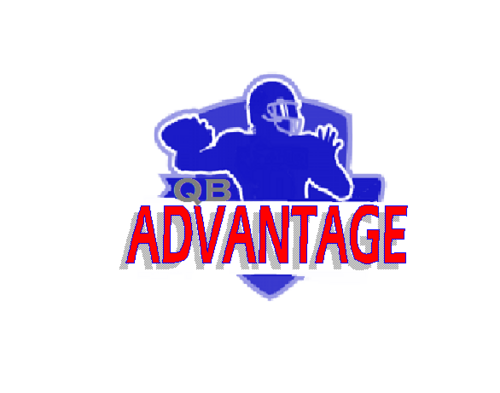Just wanted to take some time and address the vertical
game concept that has become one of the most effective concepts for spread
teams. Vertical game can be successful
against a variety of defensive coverages if installed and executed properly.
Here are my notes and some of the better videos I could find showing the concept in action.
The most important thing the qb must understand on
vertical game is reading safeties
and finding grass. Finding grass during his pre-snap read is critical,
you want him to recognize the area on the field that he feels he has the best
chance of completing the pass based on defensive alignment and where he is at
on the field. He must always recognize
the number of high safeties during his pre-snap reads.
The main idea
of this concept is to put one of the safeties in a 2 on 1 coverage situation.
In a single high safety look, the grass you should be
looking to utilize is down the middle of the field as the qb uses his eyes to
move the safety opposite of the inside vertical he intends to throw.
Against a two high safety look, first the qb must pick
a side (determined by grass, alignment, playmakers, and best matchup). Once the qb has picked a side during his pre
snap reads, his goal is to force that safety into the 2 on 1 mismatch. If the safety hangs in the middle of the
field, there should be a nice window to complete the ball to the outside
receiver. If safety bails to the
outside, hit the receiver running the inside vertical.
Vertical game out of a 2x2 offensive formation – it is
important to coach your inside receivers that if they get contact from the
float defender, to always run through contact through the outside shoulder pad
of the defender. Never go inside the
float defender on vertical game because it decreasing the intended spacing
elements of the play. Against 2
safeties, inside wr’s can bend their vertical route inside to grass. They are only allowed to bend a vertical
route against 2 safeties and they cannot bend the route until they are at least
12 yards past the line of scrimmage and clear of any float defender contact. Never
allowed to bend against 1 safety.
To be
extremely good at throwing vertical game, the QB must learn to be great at
looking off safeties and become excellent at anticipating open wr’s. Being able
to anticipate the openness and destination of a wr is a huge advantage in
throwing vertical game. Repetition is
critical in developing timing and understanding of the vertical game
concept.
Make sure
your QB understands the importance of finding his back on the check down route if
nothing is open downfield. Hitting check
downs of 4 verts is extremely effective.
The running back should be coached to find the biggest piece of grass
behind the defensive line and settle.
Vertical game out of a 3x1 offensive formation – The inside
receiver out of the trips formation (Y) - should always go under the Sam LB,
and over the Mike LB (same idea as Y-cross).
The middle receiver in the trips formation (H) - against
1 high safety, stay vertical, 2 high safeties = bend.
QB’s reads do not change. He is still looking for grass on pre-snap and
then manipulating the 2on1 matchup he chooses based on his pre-snap reads. (Go-Go-Check
down will always be his progression on vertical game). Against press coverage, qb has discretion to
shorten his drop in order to get the ball out faster.
Here are a
few tags I like off vertical game –
97 Double Sail – Out of a 2x2 set, outside receivers
will run vertical, slot receivers running 10 to 12 yard sail routes (out
routes). The QB picks a side based on pre-snap
alignment, grass, leverage, and playmakers.
His reads will be Go-Sail-Check down.
97 Go-Back – Out of a 2x2 set, outside receivers will
run 12 to 15 yard comeback routes.
Adjust the route according to your qb’s arm strength. Inside receivers run verticals. QB picks a side and reads inside vertical to
comeback. The ball should be thrown to
the outside shoulder on the comeback route.
